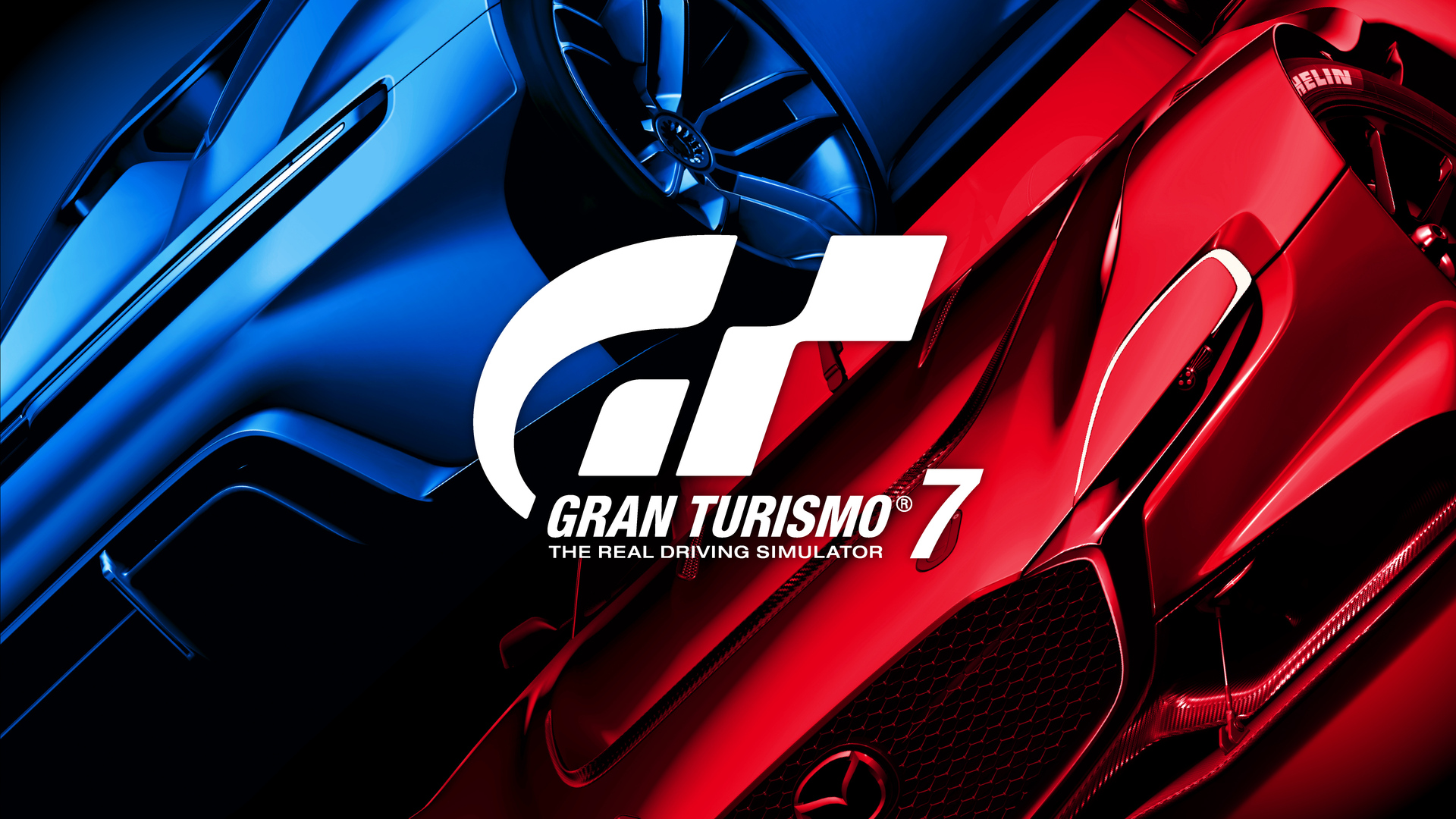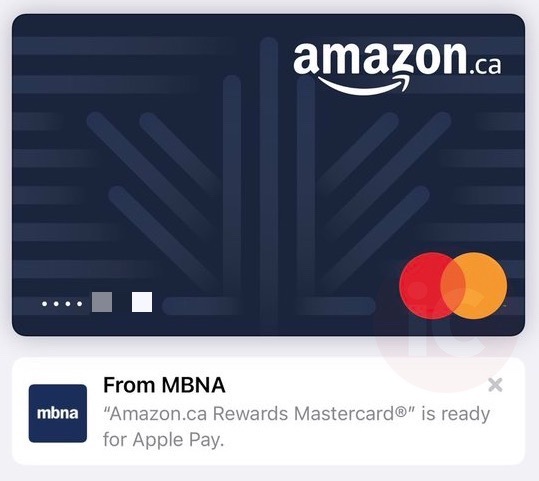

Like Fortnite, each of these specials is split into different rarities, green being the standard, blue being rare, and purple being epic. Meanwhile, vicious specials are unblockable command grabs that must be jumped, rolled, or struck out of.

Strikes are physical attacks that can be blocked like sumo slaps and strong punches. The specials are split into two types: strike and vicious. In addition to that character building, there are special moves that can be learned by picking up and reading books. The effective twist is that players only have 10 stat boxes (eight in duos), so they’ll have to be thoughtful about what they pick up to create a specialized build. These pots include red ones that boost damage output, green pots that increase overall health, and yellow stamina pots which allow players to dodge and sprint more. After deciding where to drop, players search for protein-filled pots that raise various stats. Unlike its shooter-focused siblings in the genre, players don’t just equip themselves with loot they’re making a character instead. As soon as they touch down, players are tasked with building their character and fighting it out melee style using rolls, shields, various items, and the environment around them.

During matches, 20 players are thrown into a circle that changes closes in on the game’s map, Grapple City.

Rumbleverse mixes the gameplay philosophies of fighting games and battle royales. A battle royale with the game plans, frame data, and all-around quirks of something like Street Fighter? Could it really be done well? Rumbleverse showed me that it can, albeit with a few growing pains of one genre trying to fit into another. Melee-focused games of this genre aren’t new, but one by an esteemed fighting game developer had nothing but promise from an outside perspective.


 0 kommentar(er)
0 kommentar(er)
